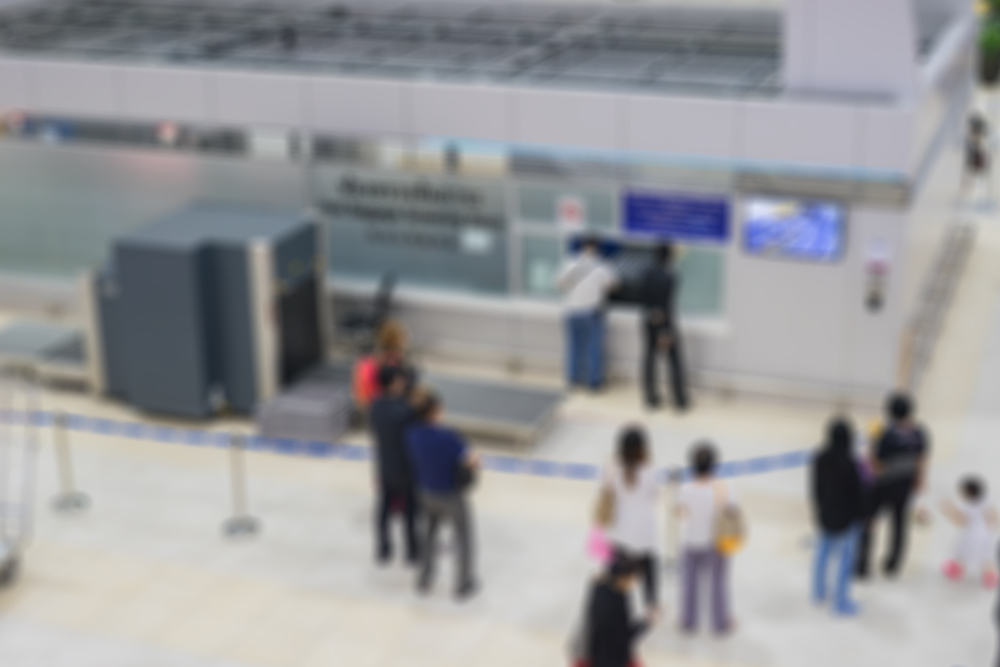
Experts from 29 countries recently convened at the International Atomic Energy Agency (IAEA) to prepare a safety guide for radiation exposure at security checkpoints in airports and other locations.
While ionizing radiation for human imaging has been a common practice in medicine for decades, its use has gradually increased for non-medical security purposes. In many cases, its use is conducted on minors without parental consent and without any medical benefit to the individual.
The four day meeting saw experts discuss overall risk, dose limits, and the use of radiation in non-medical human imaging processes. Opinions on strengthening collaborative efforts with governments, regulatory bodies and operators were also discussed.
“Practices used in different countries related to non-medical human imaging are justified due to various specific reasons,” Ahmad Issa Admad Hamdan, director of the Radiation Protection Directorate at the Energy and Minerals Regulatory Commission of Jordan, said. “Increase in the use of these practices means we need to take into consideration the increase of aggregate exposure.”
Simon Cohen, Senior Expert of Nuclear Safety at the Federal Agency for Nuclear Control of Belgium, said cargo screening is the most-common use of non-medical human imaging in Belgium. While the process speeds up cargo screening time, Cohen said if illegal immigrants were hiding amongst the cargo, they could be exposed to radiation.
“This raises both ethical and practical questions,” Cohen said.
The IAEA said its safety guide will be published sometime next year.




